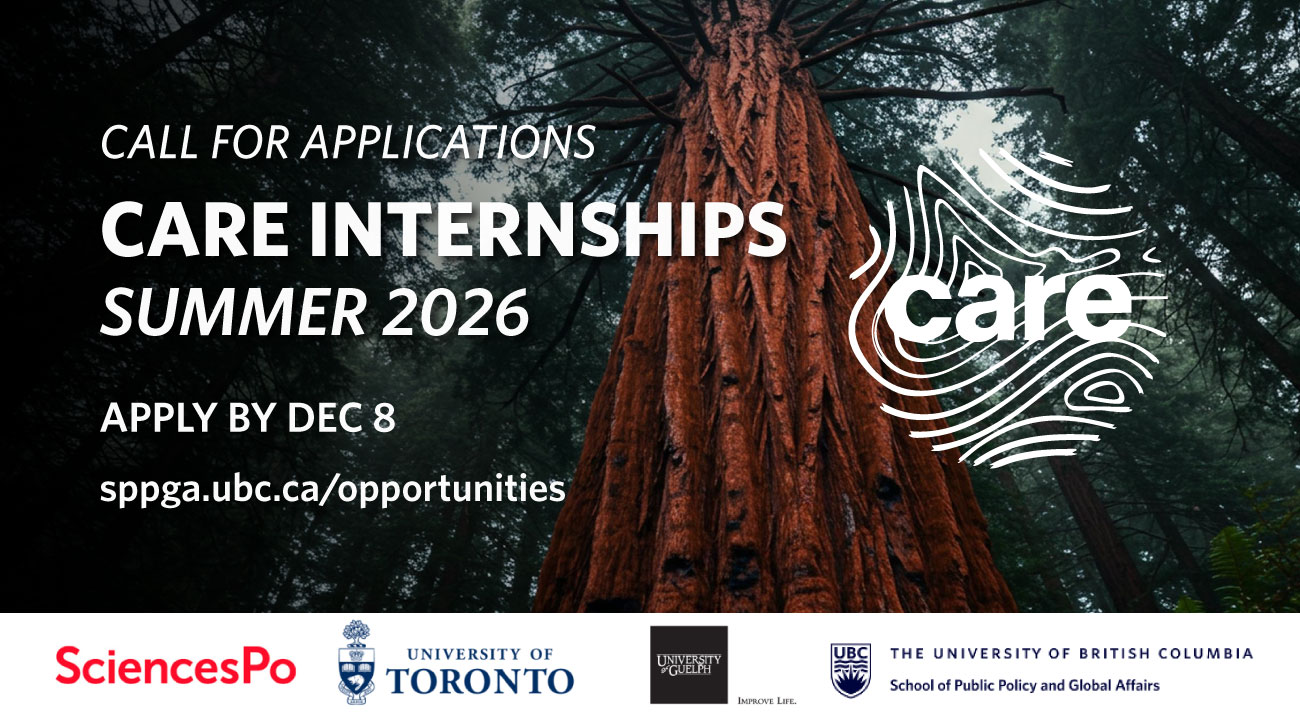Navin Ramankutty, Professor and Canada Research Chair in Global Food Security and Sustainability at the Liu Institute for Global Issues and the Institute of Resources, Environment and Sustainability, UBC, shares his insights on the University of British Columbia’s professional Master of Public Policy and Global Affairs Program.


There are numerous important issues today at the science-policy interface requiring engagement from academic scholars — vaccinations, genetically modified foods, and climate change are just three examples. It is increasingly clear that we need to train students to be engaged in the broader public policy debates while being well-versed in the scholarship around these issues. Even more, we need to train students to be leaders in the policy arena.
It is also clear that issues such as climate change and GM are not just scientific issues, students need to be increasingly aware of the broader socio-economic and political contexts in which these debates are taking place, and able to conduct policy analysis while accounting for issues such as trade offs, risk analysis, and risk perception. Students also need a much broader understanding of how the scientific process works, in how it is useful, in the role of science in society, and in decision making under uncertainty.
I am very excited about UBC’s Master of Public Policy and Global Affairs (MPPGA) program that aims to tackle all of these challenges. We have an excellent group of faculty teaching in the MPPGA who span the natural and social sciences, and with expertise in different knowledge domains and bringing different approaches to problem solving.
I am excited to work with the incoming MPPGA professional students, and hope to see them become leaders in global public policy in whatsoever issue they are passionate about.
Navin Ramankutty’s research concerns global land use change and its implications, focusing on agricultural practice and the implications for environmental change and food security. He employs data and models to address the question of how to feed 9-10 billion people while reducing agriculture’s environmental footprint.


